|
Your search criteria found 1300 images Gallery: Universe |
| My List |
Addition Date | Target |
Mission
|
Instrument | Size |

|
2007-03-29 |
Spitzer Space Telescope |
3000x2400x3 | ||
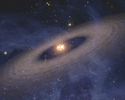
|
|||||

|
2007-04-16 | Pleiades |
Spitzer Space Telescope |
IRAC |
2855x2855x3 |
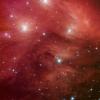
|
|||||

|
2007-04-16 | Pleiades |
Spitzer Space Telescope |
IRAC Multiband Imaging Photometer (MIPS) |
2855x2855x3 |
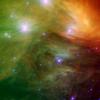
|
|||||

|
2007-04-18 | Rosette Nebula |
Spitzer Space Telescope |
3300x2400x3 | |
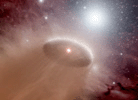
|
|||||

|
2007-04-18 | Rosette Nebula |
Spitzer Space Telescope |
IRAC |
1669x1439x3 |
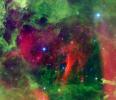
|
|||||

|
2007-04-18 | Rosette Nebula |
Spitzer Space Telescope |
IRAC |
639x479x3 |
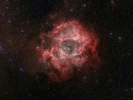
|
|||||

|
2007-05-01 |
Spitzer Space Telescope |
IRAC Visible Light |
2838x948x3 | |
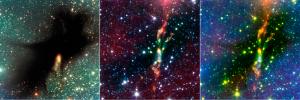
|
|||||

|
2007-05-09 | HD 189733b |
Spitzer Space Telescope |
IRAC |
640x473x3 |
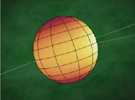
|
|||||

|
2007-05-09 | HD 189733b |
Spitzer Space Telescope |
IRAC |
640x467x3 |
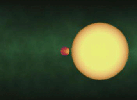
|
|||||

|
2007-05-09 | HD 149026b |
Spitzer Space Telescope |
638x479x3 | |
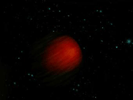
|
|||||

|
2007-05-17 | Barnard 30 |
Spitzer Space Telescope |
IRAC Multiband Imaging Photometer (MIPS) |
3182x1282x3 |
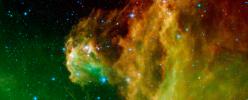
|
|||||

|
2007-05-17 | Barnard 30 |
Spitzer Space Telescope |
IRAC |
3086x1711x3 |
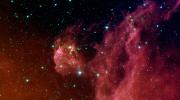
|
|||||

|
2007-05-29 |
Spitzer Space Telescope |
IRAC |
4097x3557x3 | |
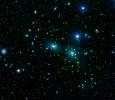
|
|||||

|
2007-06-13 | N132D |
Spitzer Space Telescope |
Chandra X-ray Telescope Infrared Array Camera (IRAC) Multiband Imaging Photometer (MIPS) |
1806x1200x3 |
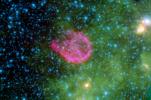
|
|||||

|
2007-07-11 | HD 189733b |
Spitzer Space Telescope |
Infrared Spectrograph (IRS) |
3000x2136x3 |
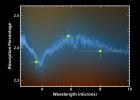
|
|||||

|
2007-07-24 |
Spitzer Space Telescope |
3000x2400x3 | ||
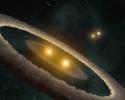
|
|||||

|
2007-08-06 | CL0958+4702 |
Spitzer Space Telescope |
IRAC |
690x690x3 |
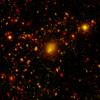
|
|||||

|
2007-08-06 | CL0958+4702 |
Spitzer Space Telescope |
3000x2400x3 | |
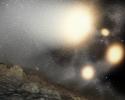
|
|||||

|
2007-08-06 | CL0958+4702 |
Spitzer Space Telescope |
3000x2400x3 | |
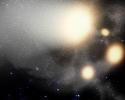
|
|||||

|
2007-08-24 | Helix Nebula |
Spitzer Space Telescope |
IRAC |
4370x4070x3 |
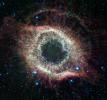
|
|||||

|
2007-08-29 | NGC 1333 |
Spitzer Space Telescope |
Infrared Spectrograph (IRS) |
3000x2400x3 |
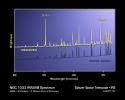
|
|||||

|
2007-08-29 | NGC 1333 |
Spitzer Space Telescope |
IRAC |
3000x2400x3 |
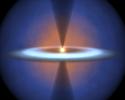
|
|||||

|
2007-08-29 | NGC 1333 |
Spitzer Space Telescope |
3200x2400x3 | |
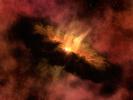
|
|||||

|
2007-09-13 |
Spitzer Space Telescope |
IRAC Chandra X-ray Telescope |
3300x3300x3 | |
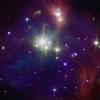
|
|||||

|
2007-09-13 |
Spitzer Space Telescope |
IRAC |
3300x3300x3 | |
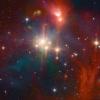
|
|||||

|
2007-10-03 |
Spitzer Space Telescope |
3000x2400x3 | ||
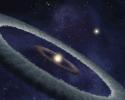
|
|||||

|
2007-10-09 |
Spitzer Space Telescope |
Infrared Spectrograph (IRS) |
2865x1749x3 | |
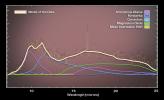
|
|||||

|
2007-10-09 |
Spitzer Space Telescope |
Infrared Spectrograph (IRS) |
3000x2400x3 | |

|
|||||

|
2007-10-22 |
Spitzer Space Telescope |
Infrared Spectrometer (IRS) |
2997x1689x3 | |
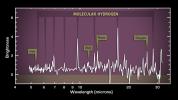
|
|||||

|
2007-10-22 |
Spitzer Space Telescope |
IRAC |
2084x2302x3 | |

|
|||||

|
2007-10-25 |
Spitzer Space Telescope |
MIPS |
1003x1139x3 | |

|
|||||

|
2007-10-25 |
Spitzer Space Telescope |
3000x2400x3 | ||
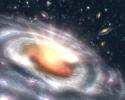
|
|||||

|
2007-11-08 | HH 46/47 |
Spitzer Space Telescope |
IRAC |
2000x1600x3 |
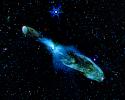
|
|||||

|
2007-11-29 | L1157 |
Spitzer Space Telescope |
IRAC |
1171x1444x3 |

|
|||||

|
2007-12-18 | NGC 4258 |
Spitzer Space Telescope |
IRAC |
3000x2501x3 |
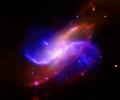
|
|||||

|
2007-12-20 | Cassiopeia A |
Spitzer Space Telescope |
Infrared Spectrograph (IRS) |
960x960x3 |
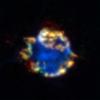
|
|||||

|
2007-12-20 | Cassiopeia A |
Spitzer Space Telescope |
Infrared Spectrograph (IRS) |
3000x2400x3 |
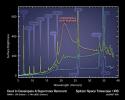
|
|||||

|
2008-01-10 |
Spitzer Space Telescope |
3000x2400x3 | ||
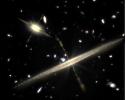
|
|||||

|
2008-01-25 | Abell 1763 |
Spitzer Space Telescope |
2688x1962x3 | |
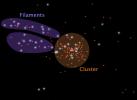
|
|||||

|
2008-02-11 | Rho Ophiuchi |
Spitzer Space Telescope |
IRAC Multiband Imaging Photometer (MIPS) |
6020x2905x3 |
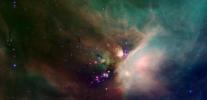
|
|||||

|
2008-02-11 | Rho Ophiuchi |
Spitzer Space Telescope |
IRAC |
6020x2905x3 |
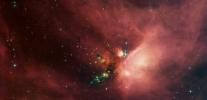
|
|||||

|
2008-03-27 | HD 189733b |
Spitzer Space Telescope |
1514x1499x3 | |
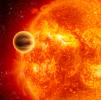
|
|||||

|
2008-04-10 | Omega Centauri |
Spitzer Space Telescope |
IRAC Multiband Imaging Photometer (MIPS) |
1400x1400x3 |
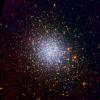
|
|||||

|
2008-05-28 |
Spitzer Space Telescope |
IRAC Infrared Spectrograph (IRS) MIPS |
925x925x3 | |
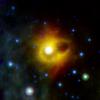
|
|||||

|
2008-05-29 |
Spitzer Space Telescope |
641x481x3 | ||
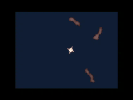
|
|||||

|
2008-05-29 | Cassiopeia A |
Spitzer Space Telescope |
641x479x3 | |
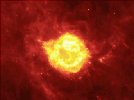
|
|||||

|
2008-05-29 | Cassiopeia A |
Spitzer Space Telescope |
5000x4965x3 | |
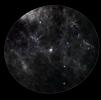
|
|||||

|
2008-06-03 | Milky Way |
Spitzer Space Telescope |
5600x5600x3 | |
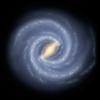
|
|||||

|
2008-06-03 | Milky Way |
Spitzer Space Telescope |
IRAC |
14400x10800x3 |
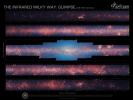
|
|||||

|
2008-06-03 | Milky Way |
Spitzer Space Telescope |
IRAC MIPS |
14400x10800x3 |
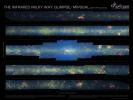
|
|||||

|
2008-07-10 |
Spitzer Space Telescope |
936x936x3 | ||
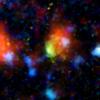
|
|||||

|
2008-07-15 |
Spitzer Space Telescope |
IRAC MIPS |
8000x4500x3 | |
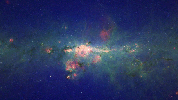
|
|||||

|
2008-07-21 | Messier 101 |
Spitzer Space Telescope |
IRAC |
2766x2766x3 |
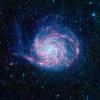
|
|||||

|
2008-07-21 | Messier 101 |
Spitzer Space Telescope |
IRAC Infrared Spectrograph (IRS) MIPS |
2766x2766x3 |
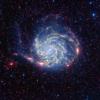
|
|||||

|
2008-08-22 | W5 |
Spitzer Space Telescope |
IRAC MIPS |
6436x7288x3 |

|
|||||

|
2008-08-22 | W5 |
Spitzer Space Telescope |
IRAC |
6436x7288x3 |

|
|||||

|
2008-09-18 | Perseus |
Spitzer Space Telescope |
IRAC |
1760x1160x3 |
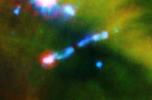
|
|||||

|
2008-10-01 | Cassiopeia A |
Spitzer Space Telescope |
MIPS |
1769x1341x3 |
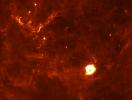
|
|||||

|
2008-10-08 | NGC 346 |
Spitzer Space Telescope |
IRAC |
1560x1560x3 |
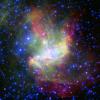
|
|||||

|
2008-10-27 | Epsilon Eridani |
Spitzer Space Telescope |
3000x1600x3 | |
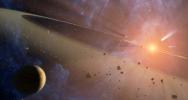
|
|||||

|
2008-10-27 | Epsilon Eridani |
Spitzer Space Telescope |
3000x2400x3 | |
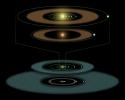
|
|||||

|
2008-11-11 |
Spitzer Space Telescope |
Infrared Spectrograph (IRS) |
3000x2400x3 | |
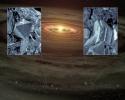
|
|||||

|
2008-12-03 |
Spitzer Space Telescope |
MIPS |
943x945x3 | |
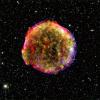
|
|||||

|
2008-12-08 |
Spitzer Space Telescope |
IRAC |
2674x2176x3 | |
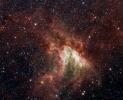
|
|||||

|
2008-12-10 |
Spitzer Space Telescope |
3000x2400x3 | ||
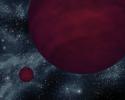
|
|||||

|
2008-12-16 |
Spitzer Space Telescope |
IRAC MIPS |
1500x1500x3 | |
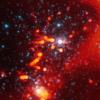
|
|||||

|
2009-01-05 |
Spitzer Space Telescope |
3000x2400x3 | ||
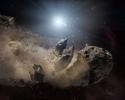
|
|||||

|
2009-01-05 | GD 40 |
Spitzer Space Telescope |
3000x2400x3 | |
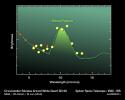
|
|||||

|
2009-01-06 |
Spitzer Space Telescope |
IRAC |
708x799x3 | |

|
|||||

|
2009-01-28 |
Spitzer Space Telescope |
IRAC |
3000x2400x3 | |
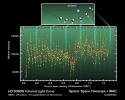
|
|||||

|
2009-01-28 |
Spitzer Space Telescope |
IRAC |
3000x2400x3 | |
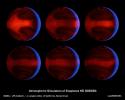
|
|||||

|
2009-01-28 |
Spitzer Space Telescope |
IRAC |
638x477x3 | |
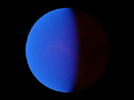
|
|||||

|
2009-03-16 | NGC 6240 |
Spitzer Space Telescope |
IRAC |
3921x3805x3 |
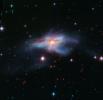
|
|||||

|
2009-03-12 | NGC 6543 |
Spitzer Space Telescope |
IRAC |
1700x1700x3 |
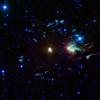
|
|||||

|
2009-04-03 | M33 |
Spitzer Space Telescope |
IRAC MIPS |
4300x2800x3 |
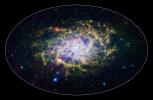
|
|||||

|
2009-04-03 | M33 |
Spitzer Space Telescope |
IRAC |
4300x2800x3 |
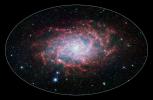
|
|||||

|
2009-04-07 |
Spitzer Space Telescope |
3000x2400x3 | ||
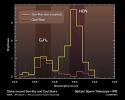
|
|||||

|
2009-04-07 |
Spitzer Space Telescope |
3000x2400x3 | ||
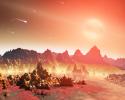
|
|||||

|
2009-04-30 |
Spitzer Space Telescope |
IRAC |
1750x940x3 | |
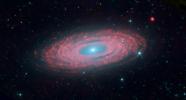
|
|||||

|
2009-05-13 |
Spitzer Space Telescope |
3000x2400x3 | ||
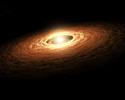
|
|||||

|
2008-12-08 | M17 |
Spitzer Space Telescope |
IRAC |
2674x2176x3 |
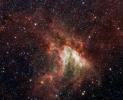
|
|||||

|
2009-04-30 | Messier 81 |
Spitzer Space Telescope |
IRAC |
2336x1144x3 |
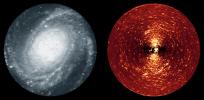
|
|||||

|
2009-06-10 | Milky Way |
Spitzer Space Telescope |
IRAC |
2934x2052x3 |
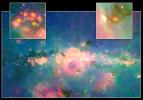
|
|||||

|
2009-07-23 | NGC 1097 |
Spitzer Space Telescope |
IRAC |
2056x2056x3 |
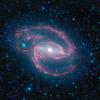
|
|||||

|
2009-08-05 |
Spitzer Space Telescope |
IRAC |
1493x1319x3 | |
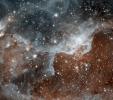
|
|||||

|
2009-08-10 | HD 172555 |
Spitzer Space Telescope |
3000x2400x3 | |
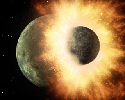
|
|||||

|
2009-09-23 |
Spitzer Space Telescope |
3000x2400x3 | ||
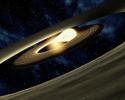
|
|||||

|
2009-10-07 |
Spitzer Space Telescope |
3000x2400x3 | ||
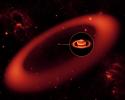
|
|||||

|
2009-10-07 |
Spitzer Space Telescope |
3000x2400x3 | ||
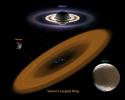
|
|||||

|
2009-10-07 |
Spitzer Space Telescope |
1279x719x3 | ||
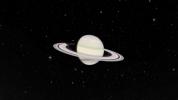
|
|||||

|
2009-11-04 | HR 8799 |
Spitzer Space Telescope |
MIPS |
1100x1100x3 |
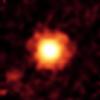
|
|||||

|
2009-11-23 |
Spitzer Space Telescope |
3200x2400x3 | ||
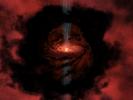
|
|||||

|
2009-11-23 |
Spitzer Space Telescope |
IRAC |
1600x1600x3 | |
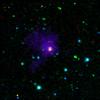
|
|||||

|
2010-01-05 |
Spitzer Space Telescope |
4200x3300x3 | ||
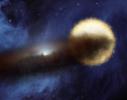
|
|||||

|
2010-01-05 |
Spitzer Space Telescope |
IRAC MIPS |
7801x7021x3 | |
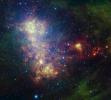
|
|||||

|
2010-03-17 |
Spitzer Space Telescope |
IRAC IRAS MIPS |
2400x3000x3 | |

|
|||||

|
2010-03-17 |
Spitzer Space Telescope |
4096x3072x3 | ||
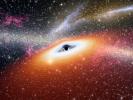
|
|||||

|
2010-04-01 |
Spitzer Space Telescope |
IRAC |
2171x5085x3 | |
|
|
|||||

|
2010-04-21 |
Spitzer Space Telescope |
3300x2550x3 | ||
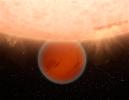
|
|||||

|
2010-05-11 |
Spitzer Space Telescope |
IRAC |
3300x2400x3 | |
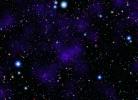
|
|||||

|
 |
 |
 |
 |
 |
 |
 |
 |
 |
 |

|
| 1-100 | 101-200 | 201-300 | 301-400 | 401-500 | 501-600 | 601-700 | 701-800 | 801-900 | 901-1000 |
| Currently displaying images: 301 - 400 of 1300 |